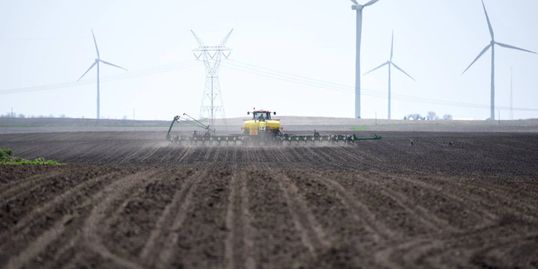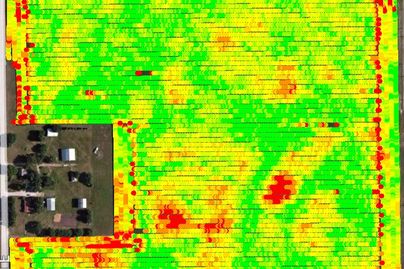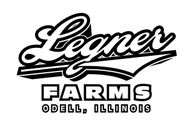About Us

Legner Farm’s crop plan has consistently proved itself with high yields. It starts with the soil samples that are taken to determine soil fertility levels. With this information a fertilizer prescription is created to maximize the fertility distribution across the entire field. Using GPS technology, the floater is able to provide customized amounts of fertilizer for each section of the field, therefore capitalizing on consistent high yields. In the late fall we create a unique program for your fields. We consider all the variables, type of soil, lay of land and type of crop, and then create a planting strategy. We use our own yield data in conjunction with the seed corn company’s data to establish the best combination of varieties for your field. Legner Farms understands the proper seed placement is a key part of the puzzle to establishing a strong crop. Creating optimal growing conditions within the field is extremely important. We work the ground according the type of crop and ground conditions.

We have found that 30 inch rows for corn and 15 inch rows for beans with a 16/32 row works really well. After the plants have established themselves, we spray with our 4730 John Deere sprayer to keep fields weed free. The crops are able to flourish as all the nutrients, sunlight and water is being absorbed by them. Throughout the growing season, different threats to the crops emerge. The next threat is pests and disease. We scout our fields throughout the entire growing season using our drone and eyes. If we find something not performing to our high standards, we take action swiftly.

As the weather cools, and the harvest time arrives, we are still walking the fields taking moisture test samples. If your crop is combined at the right time, you will save money on drying costs. We harvest the crops with our GPS technology for real-time yield and moisture maps. After the harvest, your field will be prepared for next year, with fertilizers and tillage according to crop. Once the fields have been prepared for the upcoming season we have an end of the season review with you. We will go over the growing conditions the crops were subject to, discuss how the crops performed, and what we are doing for next year to build on what we have learned.
